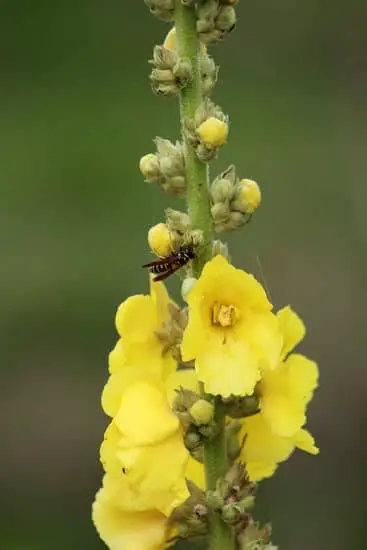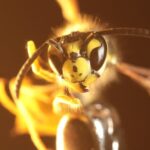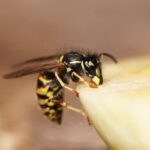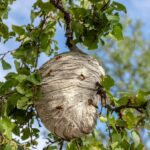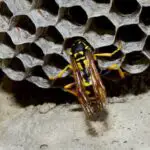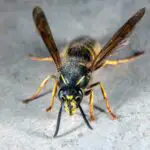How Parasitoid Wasps Control the Mind of Their Victims
Several parasitoid wasp species are known to manipulate the behaviour of their victims. These parasitic insects alter their host’s locomotion and foraging, as well as their social interactions.
The emerald cockroach wasp is one of these species. Its females possess special venom that leads the larger cockroach into a burrow. The roach is then forced to clean itself incessantly, even if it is not ready to die. It loses the ability to fight or escape.
Another species of parasitoid wasp, the Ichneumonid wasp Hymenoepimecis, stings its host spider on its web. It then lays eggs on the spider, which grow into larvae that feed on its hemolymph. The roach’s mind is then controlled by the wasp.
The wasp also injects a hormone into the spider, which may trick it into thinking it is in a different life stage. This could lead it to believe that it does not need communal life.
The parasitoid jewel wasp manipulates its victims into becoming virtual zombies. It injects a mind-controlling venom into the victim’s brain. This paralyses the victim’s head and front legs.
In another study, a parasitoid wasp uses neurosurgery to rob a roach of its will to escape. It injects venom directly into subsections of the roach’s brain. The roach is paralyzed for about ten to fifteen minutes, but it does not die.
One study found that a parasitoid wasp used its venom to block the chemical octopamine from the roach’s ganglia, which regulates the roach’s motivation to walk. This reduced the roach’s drive to walk, which allowed the jewel wasp to manipulate the roach’s behavior.
